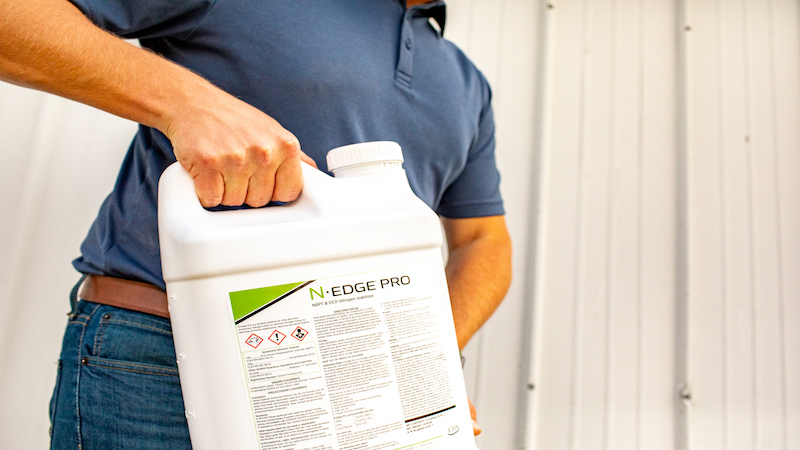Looking More Closely at the 4Rs of Nutrient Management
Spring is just around the corner, and farmers are already preparing for the upcoming growing season. Fertilizer is probably at the top of their minds — which kind, how much, how to apply, and when and where to apply.
The fertilizer industry, especially agriculture retailers, are essential in assisting farmers with their fertilizer needs. A large percentage of the retail sector is supportive of the industry’s 4R Nutrient Stewardship efforts, and they play an important role in sharing information about the 4Rs with farmers. But according to recent research conducted by The Fertilizer Institute (TFI), more than 70% of farmers surveyed say they have not heard anything or not much about the 4R program. So we have a lot of work to do!
Our research also shows that 60% of farmers say they get the best and most reliable information about fertilizer and fertilizer practices from agronomists. And data indicates farmers are looking for technical information on fertilizer best management practices. As stewards of the land, they want information that will not only help in conservation, but also add to their bottom line.
Looking at the Science Angle
The fertilizer industry set out to fund a research program in 2013 to quantify the outcomes of 4R practice implementation. While these projects are still ongoing, data is starting to come in, providing the science needed to use fertilizers sustainably — remaining profitable while protecting the environment and benefiting society.
As an example, the timing of nitrogen application has a large impact on yield and nitrogen loss. Across research projects, it was found that growers can see a 17 bushel per acre increase when anhydrous ammonia is applied at planting vs. fall or pre-plant applications. Splitting UAN between application at planting and sidedress can increase yields from 14 to 32 bushels per acre. Applying urea sidedress saw yields that were 46 bushels per acre higher than applying it during pre-plant and 40 bushels per acre higher than fall application. And finally, sidedressing reduced N2O losses by 30% to 39%.
This is just one example. Other results address how the rate of nitrogen application impacts yield and nitrogen loss, how enhanced efficiency nitrogen fertilizer use can impact air and water losses, and how weather can have a greater impact on nitrogen loss than rate of application, among others. These outcomes are available in a compilation of 4R specific articles from the Certified Crop Advisor Crops and Soil magazine at nutrientstewardship.org/research.
While the cost of implementing the 4Rs is the most requested piece of information from growers, they also want to see information on results in the field. Survey participants were curious about the results of farms that have been implementing the 4Rs, and they want to hear more from them. More than 75% of farmers surveyed say they talk to other farmers frequently or occasionally about fertilizer practices.
If you think about it, it makes sense, we trust information from people we trust. Every year, TFI honors five pairs of growers and retailers who exemplify 4R best practices in the field. And the 2018 crop of 4R Advocates is one of the most diverse groups TFI has awarded. The Advocates span from Florida to Kansas to Oregon and grow citrus, rice, corn, and hops. These guys, and our first female Advocate, are leading the way!
If you’re making plans to attend the 2018 Commodity Classic this month, visit our booth (#969) in the trade show to meet this year’s Advocates and learn what they’re doing on their farms.
The old saying “the proof is in the pudding” rings true here. But in our case, we like to say the proof is in the produce.






